Bear Safety for Hikers
Disclaimer: Explore the Map contains affiliates links and is a member of the Amazon Services LLC Associate Program and other affiliate programs. If you make a purchase using one of these affiliate links, I may recieve a compenstation at no extra cost to you. Read my disclaimer for more information.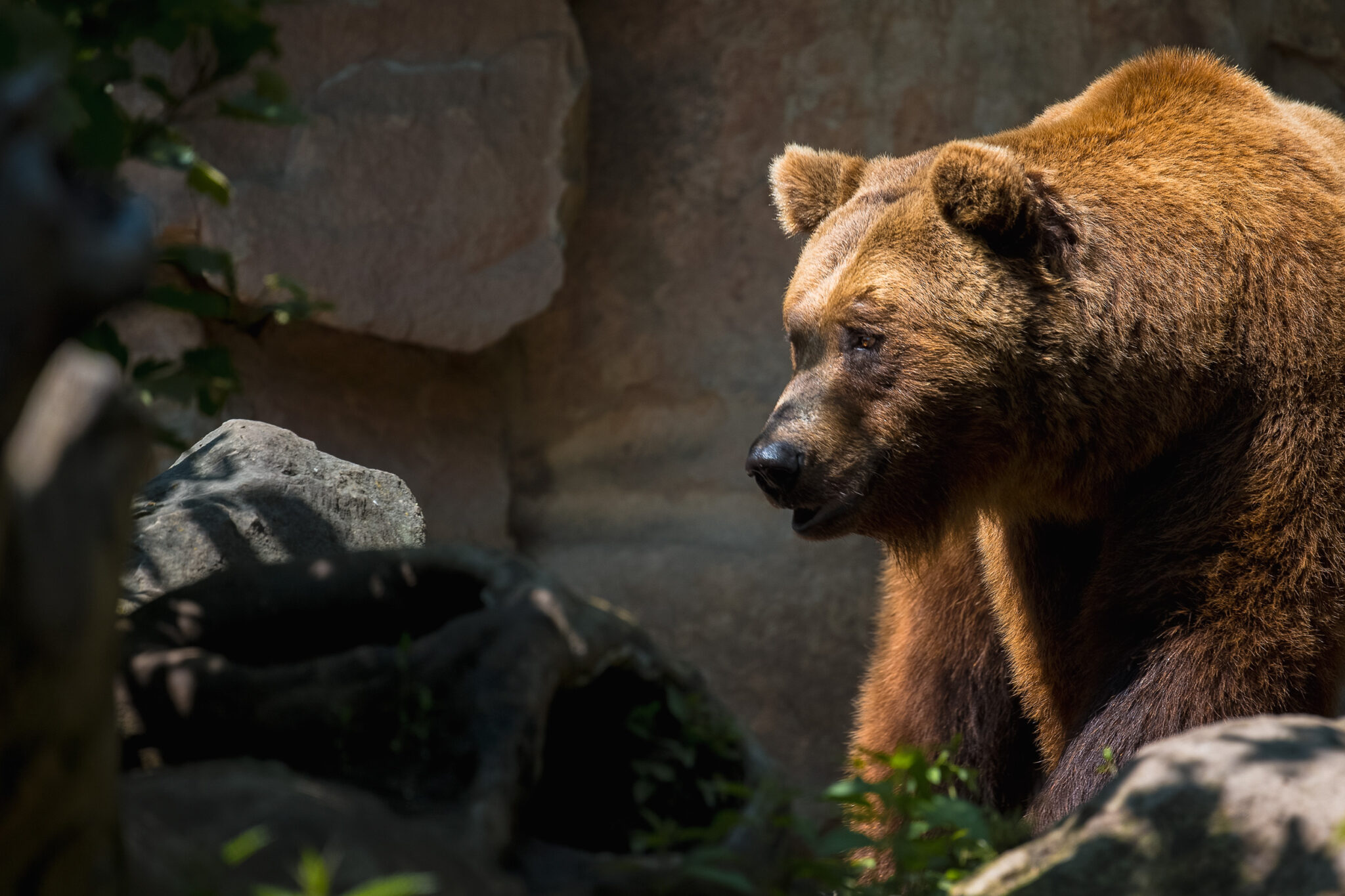
The outdoors have a powerful healing power and there’s nothing quite like Mother Nature to reconnect with yourself, stay healthy, and make memories with friends and family.
The powerful views and enchanting wildlife call me to the trail day after day. Unfortunately, many people choose to stay indoors because of their fear of bear attacks. With these bear safety tips, I hope you’ll feel confident hitting the trail.
Bears are curious, intelligent animals that want nothing more than to be left alone. Thousands of people see wild bears every year without incident and knowledge is key to these successful encounters. Bear safety isn’t to be taken lightly, but it’s a lot easier than you might think. Knowledge and preparation are key to keeping yourself safe on the trail.
If you want more than tips, check out this bear safety course! Kim is a great teacher and will make you feel confident as you head outdoors.
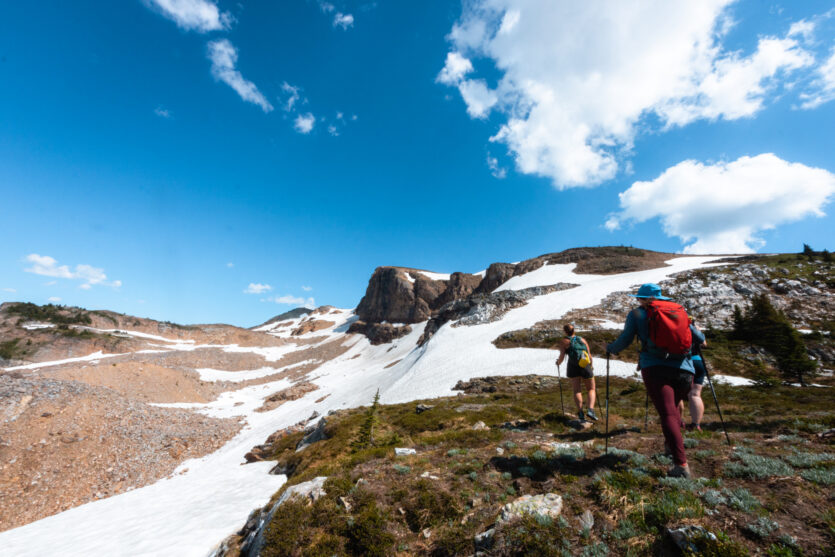
Make Noise
It’s important to avoid startling a bear because they’re more likely to attack if they’re startled by your presence. Make noise as you hike by talking loudly or singing.
A bear will usually get out of your way if it knows you’re there; most of them are quite timid and will do anything to avoid crossing your path.
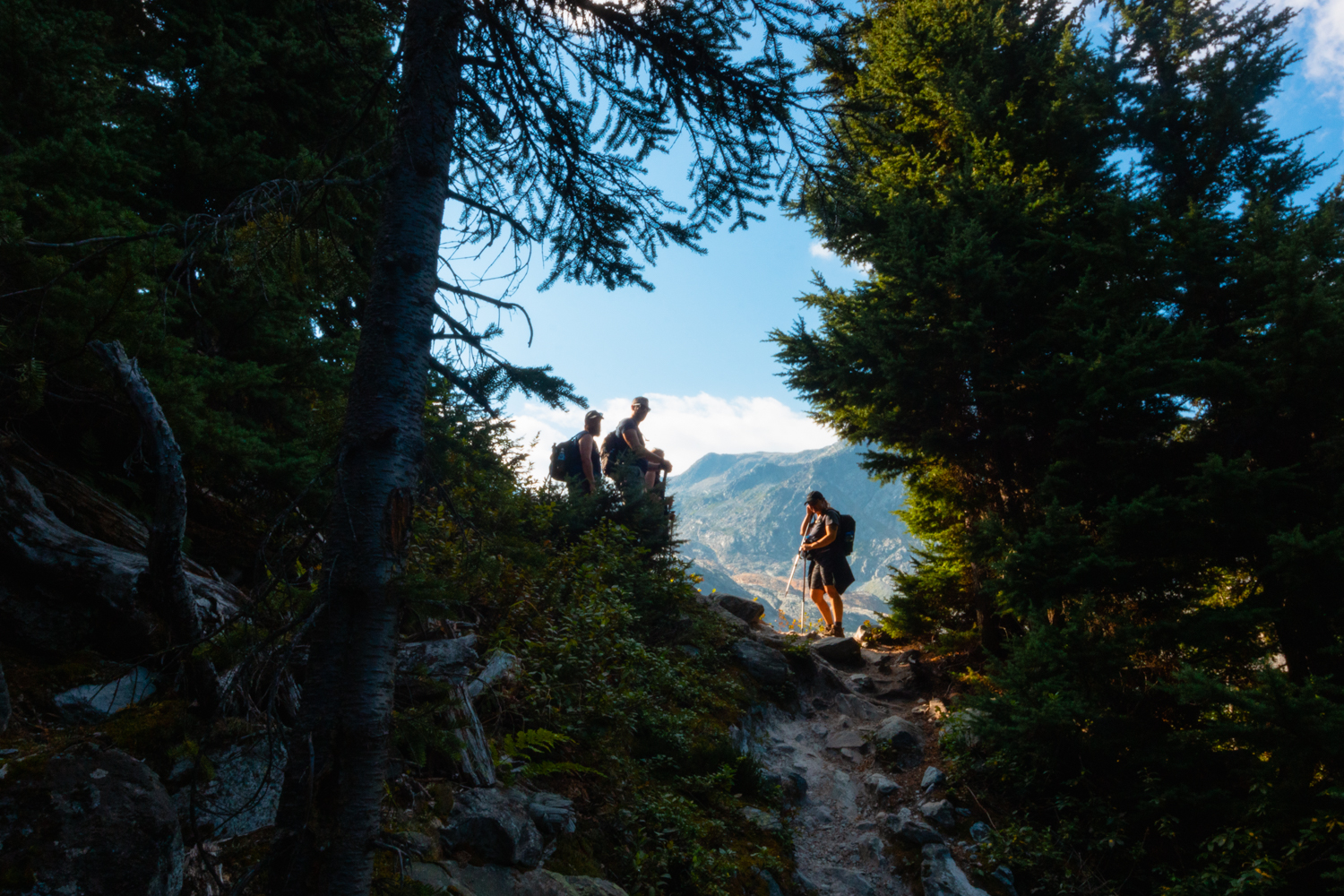
Hike in Groups
There’s always safety in numbers on the trail. Not only is it a lot easier to make noise in groups, a group is more intimidating to a bear.
When you are hiking in a group, be sure to follow proper trail etiquette so other hikers can enjoy the area, too.
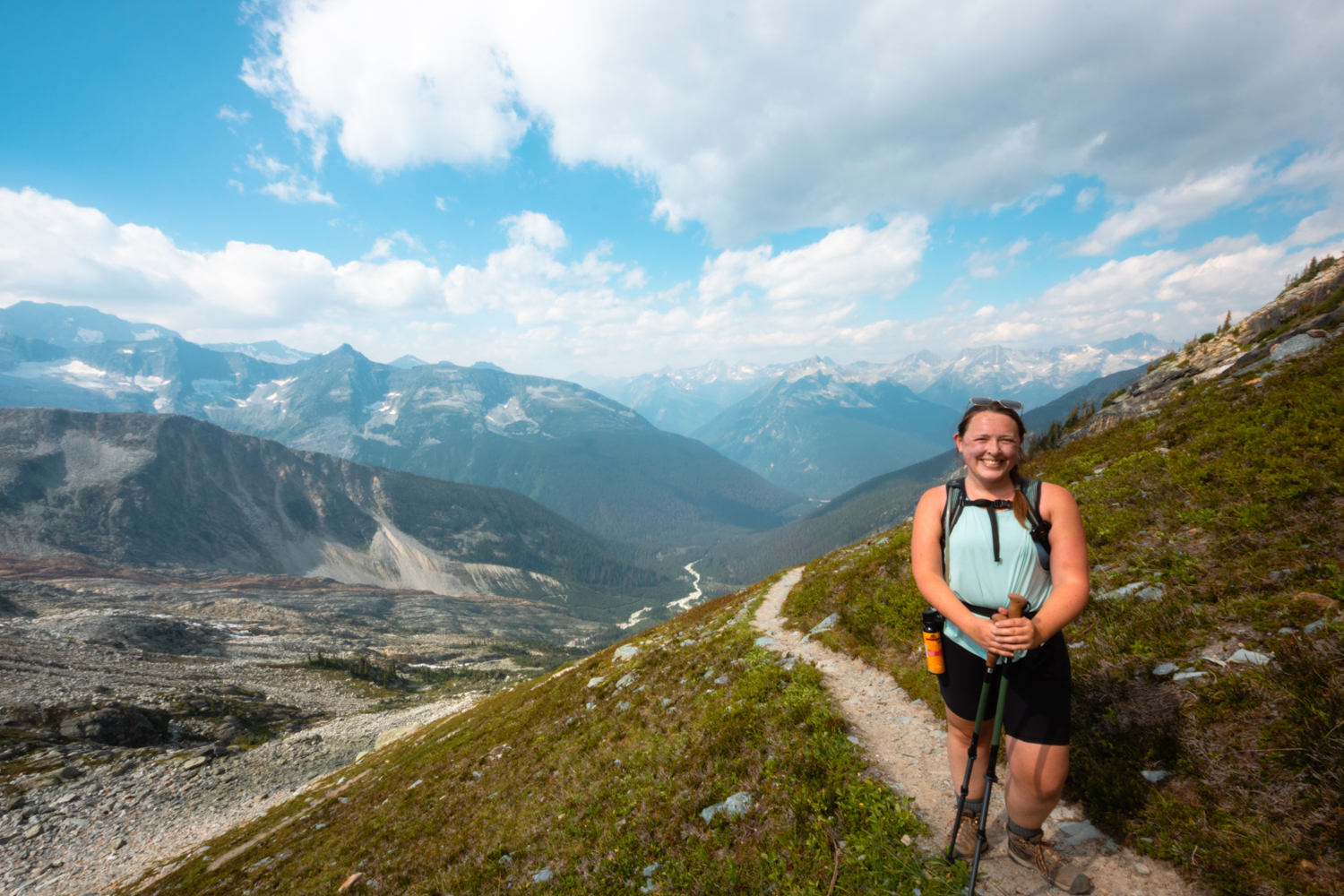
Bring Bear Spray
Bear spray can give you peace of mind when you’re on the trail. It’s lightweight, relatively inexpensive, and, most importantly, effective. Always carry it in your outside pocket or somewhere where you can quickly reach it.
However, bear spray should only be used as a last defense against an attacking bear and not as a first response when you see a bear. A charging bear will usually stop if you’re able to use the spray from 10-15 feet away. It’s been shown to be more effective than a gun in defending against a bear attack.
I always carry bear spray on my hikes. The wilderness is full of wild animals and it’s always more important to be over-prepared than under. In BC, bears, cougars, and other large animals call the mountains home. While my bear spray helps me feel secure when I’m explore, it’s important to remember that there’s a lot more to bear safety than just carrying bear spray.

Keep Your Distance
Never, ever approach a bear. Bears are wild animals, no matter how “tame” it may seem from a distance.
Some bears are used to human presence, especially if they frequent campsites or other heavily populated areas, which can make them especially dangerous. Food-conditioned bears — ones that have previously been rewarded with food by humans — are more likely to attack. Always observe bears from a safe distance using binoculars or cameras.
It’s also very important to not come between a mother bear and her cubs. Respect the family and let them be.
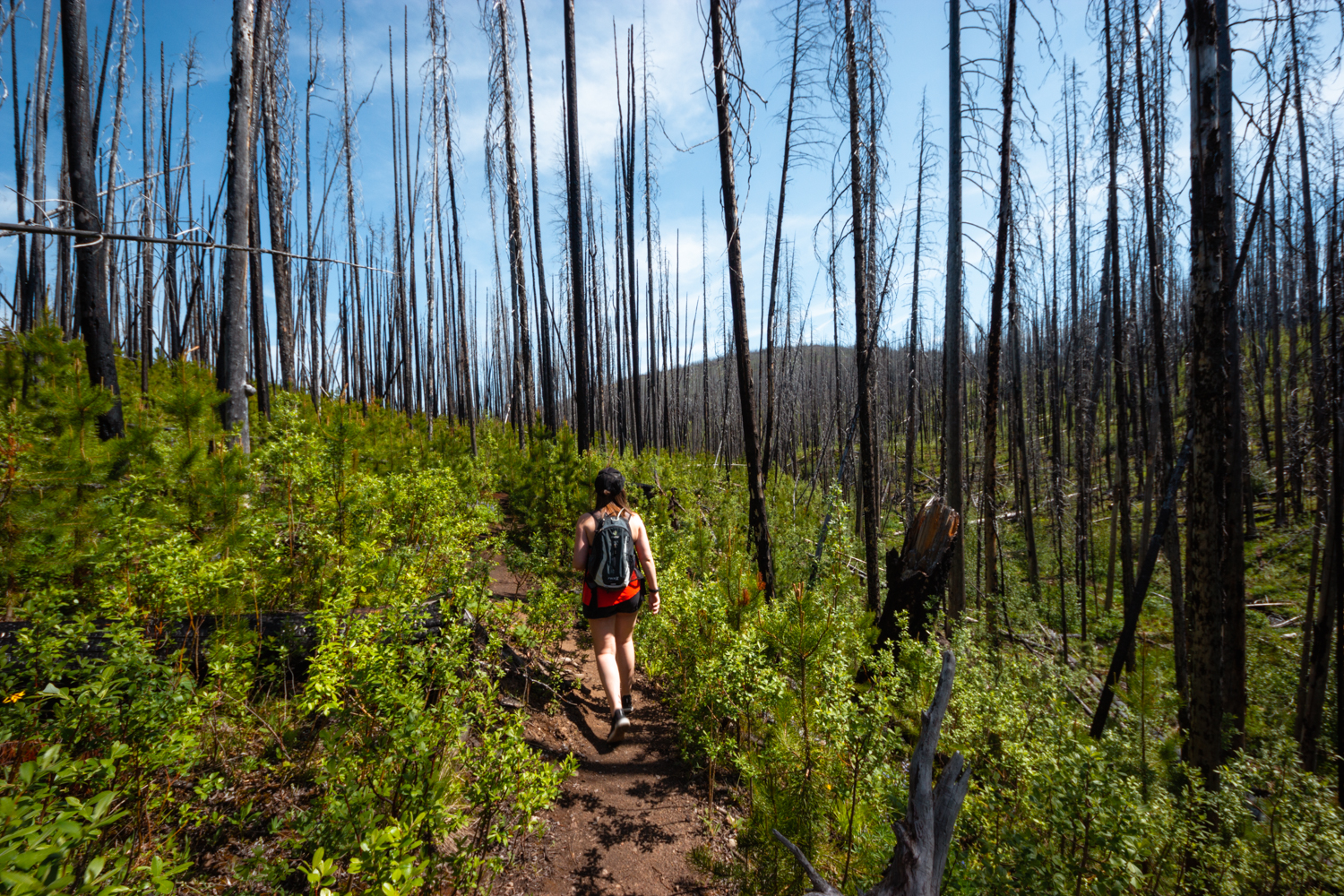
Be Aware of Your Surroundings
Don’t hike absentmindedly. Watch the trail for animal scat, paw prints, carcasses, and claw or teeth marks on logs or trees. These are signs that a bear may be in the area and that you should be wary.
If you see a freshly dead animal, immediately leave the area (but don’t run).
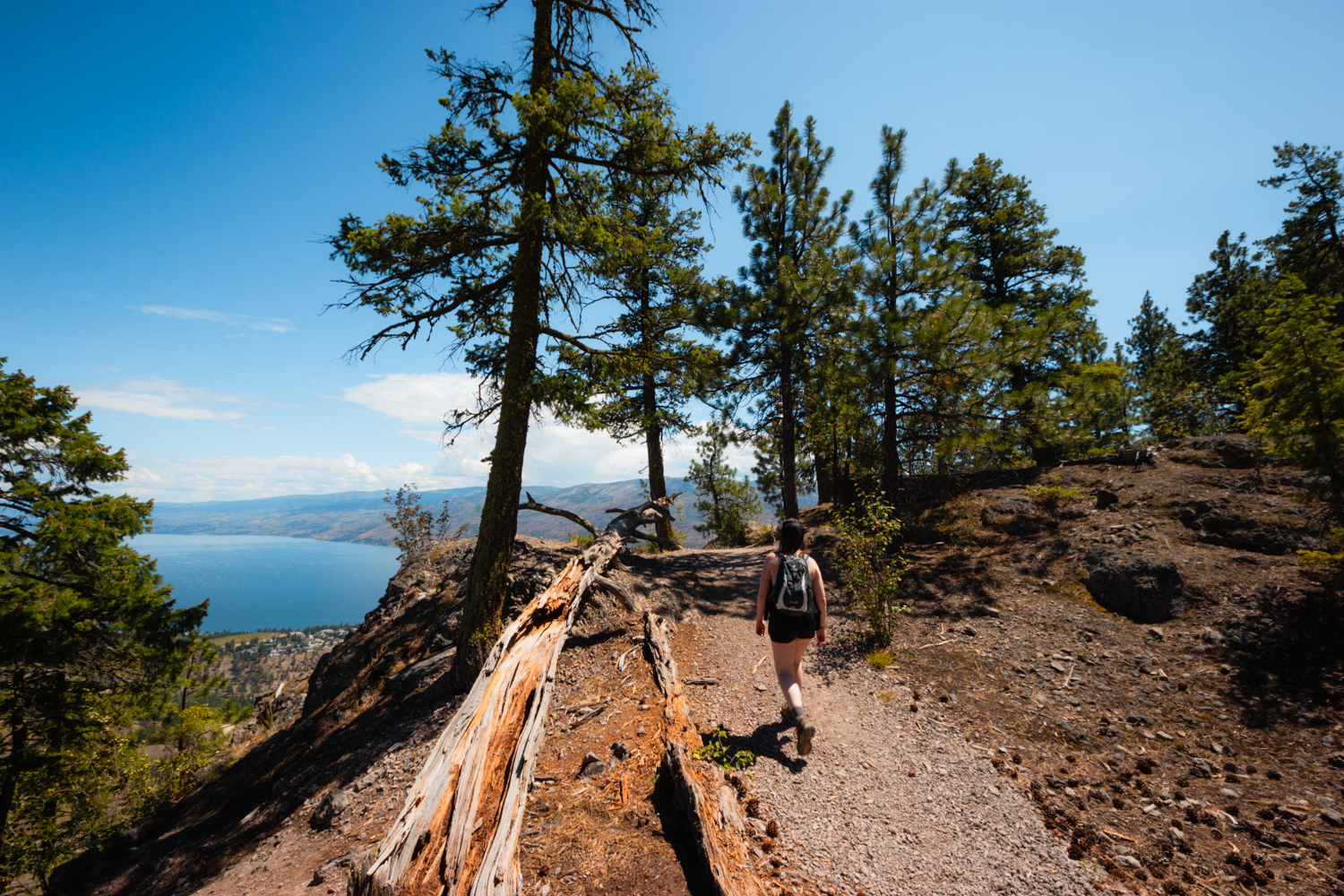
Pack Out Your Food
Always pack out your food and garbage — including biodegradable items such as apple cores, orange peels, and seeds — because it attracts bears. Remember, a fed bear is a dead bear and is more likely to cause issues with humans.
If you want to learn even more about bear safety, check out this bear safety course! Kim is a great teacher and will make you feel confident in bear country.